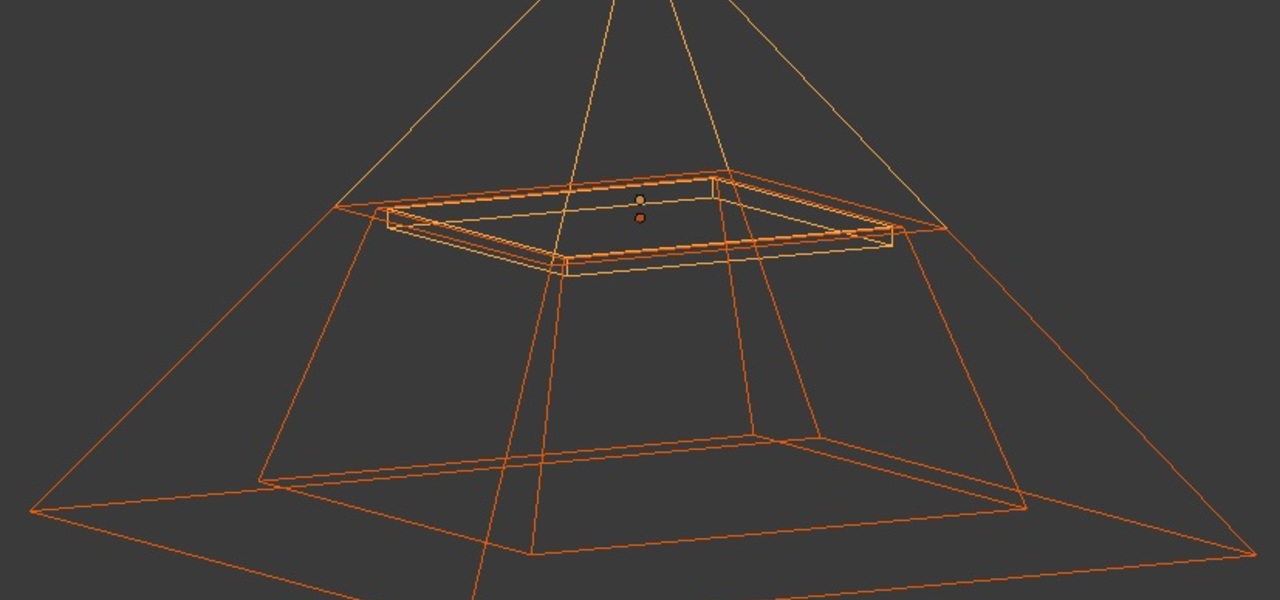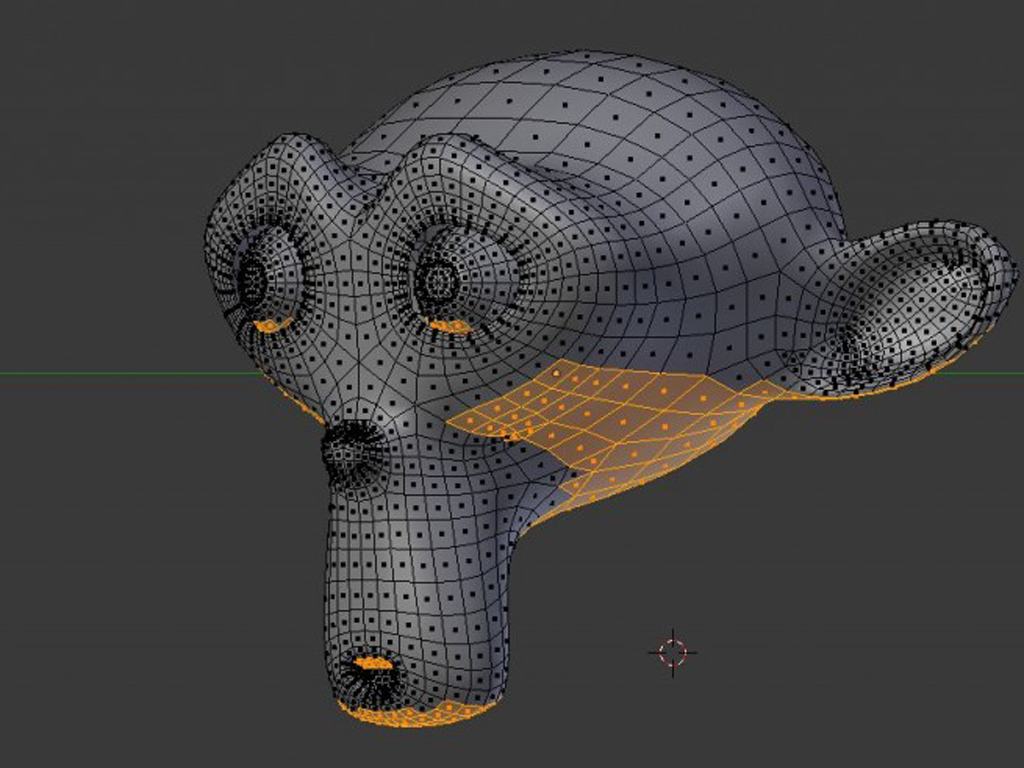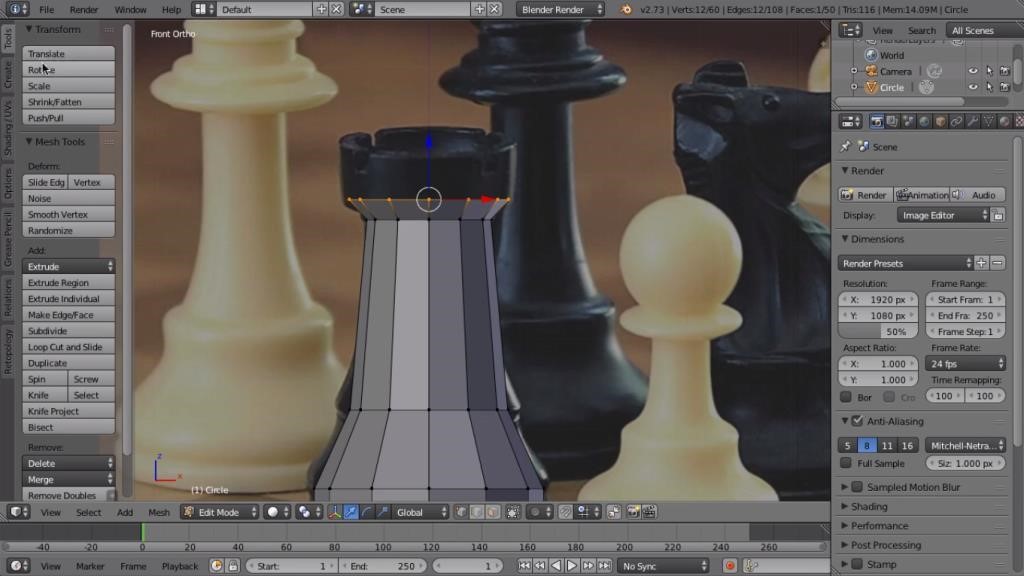
Moe, you rock.I really appreciate your help (and Laellee - thanks for your patience). You can also switch the view to wireframe mode, to make everything transparent.This part is also very thin and might not print well.I'll need to fix this by deleting faces and moving things around. Here you can see a part of the inside that's sticking through the outside.You can use ALT+B to slice open the mesh and see inside of it.Once you have given the mesh some depth, it is important to check and make sure there is no intersecting geometry, or thin sections that may be flimsy or not print at all.Move the mouse until the tube is the right thickness, then press ESC when you are done.The same goes for the X and Y axes as well. Conversely, you could press Z if you only wanted to scale the Z axis. We want the inside of this tube to be just as tall as the outside, so press SHIFT+Z to tell blender not to scale the Z axis.

We are going to turn it into the inside surface.

You can move this copy around with the mouse, but in this case we want to keep it in the same place so just press ESC.

This will make a copy of the mesh that is linked to the original around the edges. Go into edit mode and press A to select everything.Press ALT+F to fill in the back with polygons.Go to Select > Edge Loops to select the rest of the ring.Switch to edge select mode and select one of the outer edges.Here is an example where we don't even need to use the Solidify modifier.To do this, go to File > Export > Texture Editing > 3D Model with UV Info.First we will need to export the model from Pepakura Designer.Step 1: Export OBJ from Pepakura Designer A coworker of mine did a nice guide on using the same techniques for printing game models. This guide is written with pep files in mind, but I think a lot of it is applicable to printing game models or any other sort of meshes. I'm posting everything here, but you can also find it in a much nicer format at Blender is scary, but I hope this guide will be a good introduction for people who have never used it before.

We're going to do all of this using Blender, a very powerful free tool for 3D modeling. getting the scaling right, adding some detail, and then cutting everything up into pieces small enough for printing. I'm going to cover cleaning up the models, giving them thickness. I didn't find any really thorough guides already, so I collected all the information on the problems I've run into and the techniques I learned to solve them, and put them in this tutorial. It turns out that 3D printing pep files is a lot harder than just converting them to STL and hitting print. I've been working on 3D printing a Mark III Iron Man suit based on DancinFool's Pepakura files.


 0 kommentar(er)
0 kommentar(er)
